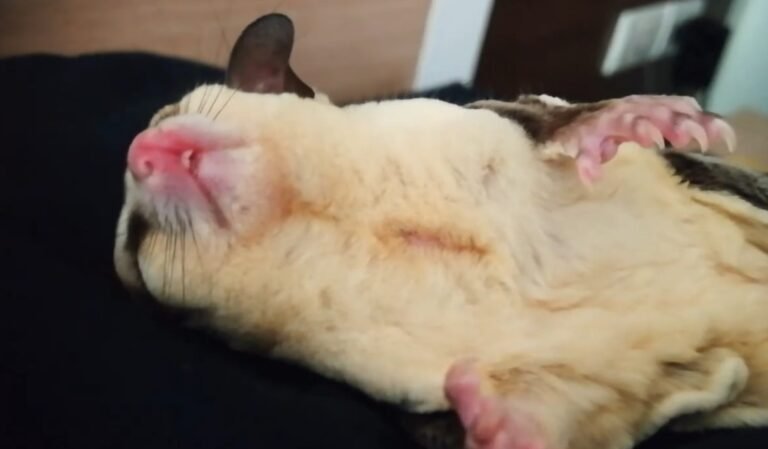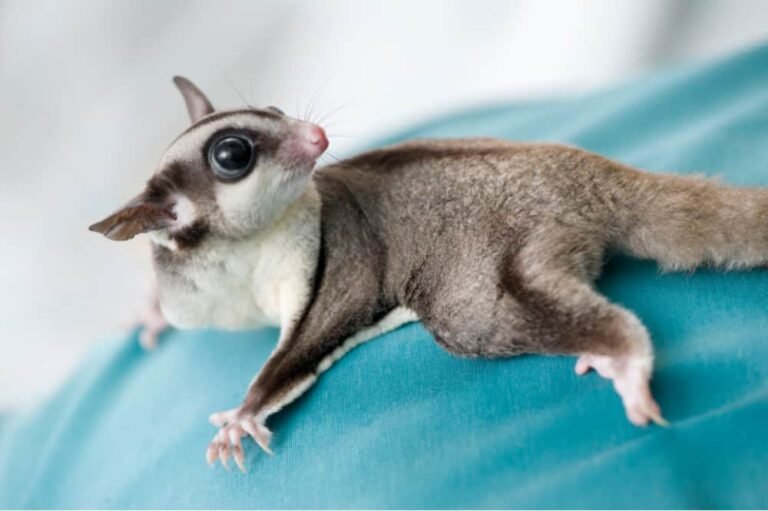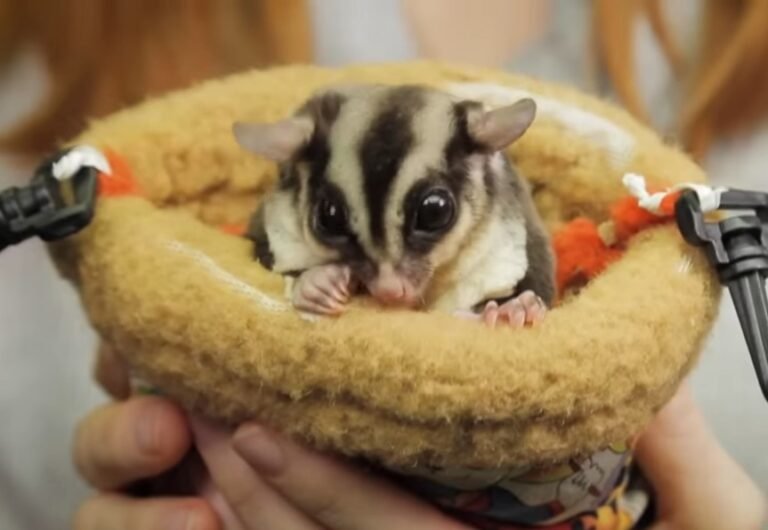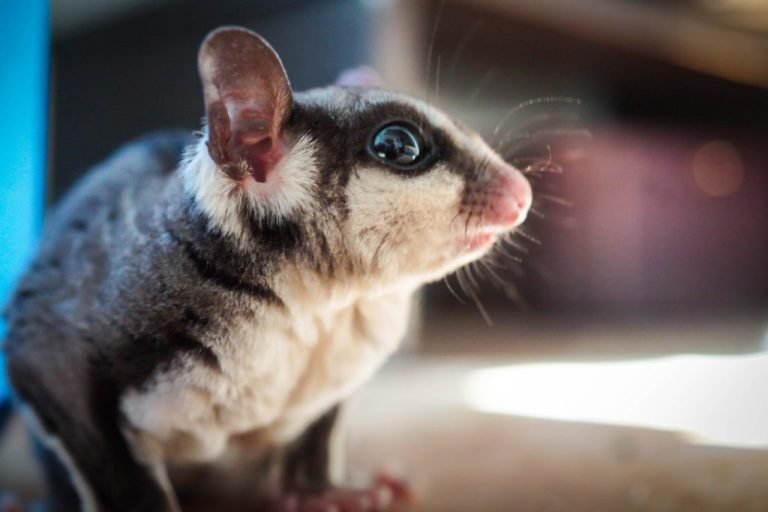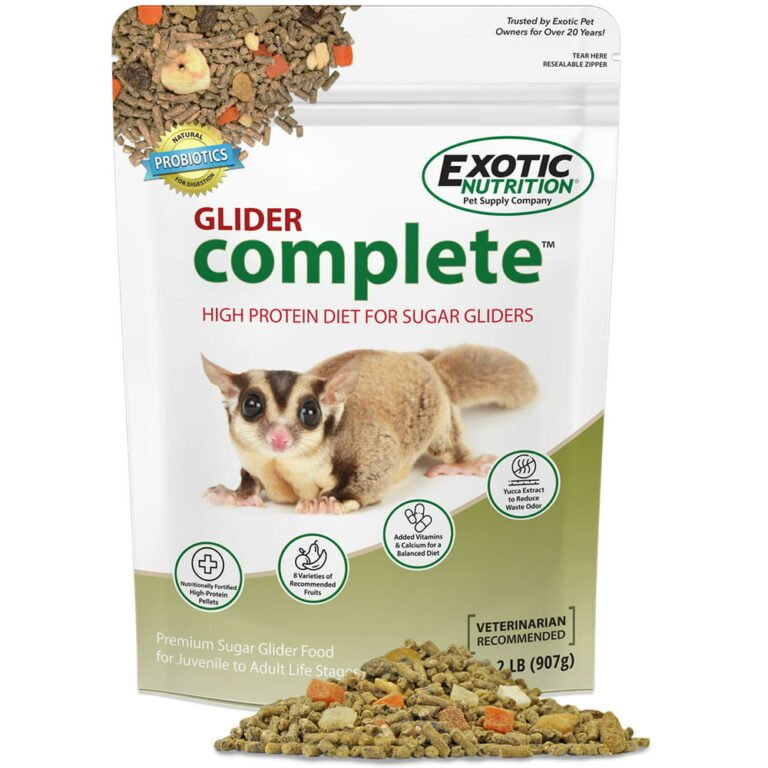Can Sugar Gliders Get Wet
Can Sugar Gliders Get Wet?
Sugar gliders are adorable and unique marsupials that are native to Australia, Indonesia, and New Guinea. They are known for their gliding ability and their preference for a tropical, arboreal lifestyle. If you’re a sugar glider owner or considering getting one as a pet, you may be wondering if these small creatures can get wet. In this article, we’ll explore the topic in-depth and answer all your questions about sugar gliders and water.
Before we dive into the details, the short answer to the question “Can sugar gliders get wet?” is yes, they can get wet. However, it’s important to note that sugar gliders have a specific water-related behavior and have special needs when it comes to staying clean and dry.
Why Do Sugar Gliders Need to Stay Dry?
Sugar gliders have a unique physiology that requires them to stay relatively dry. Their bodies have a thick fur coat that helps provide insulation and protection from the elements. When sugar gliders get wet, their fur becomes heavy, which can impair their ability to glide effectively. Additionally, wet fur can make them more susceptible to cold temperatures and can lead to skin problems such as dryness or fungal infections.

Water and Bathing
While sugar gliders can get wet, it’s essential to understand their specific needs regarding water and bathing. Unlike many other small mammals, sugar gliders do not typically require regular baths in water. They have a self-grooming behavior that helps them maintain their cleanliness. Sugar gliders use their tongues and paws to groom themselves, and they do a pretty good job of keeping their fur clean and free from debris. Bathing a sugar glider in water can be stressful for them, so it’s generally best to avoid it unless absolutely necessary.
Humidity and Hydration
While sugar gliders do not need regular baths, they do require a humid environment to stay healthy. In the wild, these creatures live in the tropical regions of Australia, Indonesia, and New Guinea, where humidity levels are high. As a pet owner, it’s crucial to provide a humid environment for your sugar glider to thrive. Proper humidity levels help keep their skin and fur healthy, prevent dehydration, and aid in the shedding of their fur.
To maintain the appropriate humidity levels, you can use a humidifier or mist the sugar glider’s enclosure regularly. It’s important to monitor the humidity levels and make adjustments as needed to ensure your sugar glider’s well-being.
Avoiding Wet Conditions
While sugar gliders can tolerate getting wet, it’s still important to minimize their exposure to water and wet conditions as much as possible. Here are a few things you can do to help keep your sugar glider dry:
1. Avoid Rainy Outdoors: Sugar gliders should not be let outside during rain or wet weather. If they get wet, it can lead to health problems, such as respiratory infections or hypothermia. If you do plan to take your glider outdoors, make sure it’s a dry and warm day.
2. Use Proper Enclosures: Ensure that your sugar glider’s enclosure is secure and well-ventilated. This will help prevent water from leaking into their habitat and will minimize their exposure to dampness.
3. Provide Dry Bedding: Use bedding materials that are absorbent and change them regularly to keep the enclosure dry and clean.
4. Watch for Signs of Dampness: Regularly inspect your sugar glider’s enclosure for any signs of water leakage or dampness. Address any issues promptly to keep your glider comfortable and healthy.
Frequently Asked Questions
1.Can sugar gliders swim?
While sugar gliders can glide through the air with ease, they are not natural swimmers. Their bodies are not built for swimming, and being in the water can be stressful and potentially dangerous for them. It’s best to avoid exposing sugar gliders to bodies of water or deep bowls that they could accidentally fall into.
2.Can sugar gliders drink water?
Yes, sugar gliders do drink water. It’s important to provide fresh and clean water for your sugar glider at all times. You can use a water bottle or a small shallow dish to offer water to your glider. Make sure to monitor the water source regularly and clean it to prevent bacterial growth.
3.What should I do if my sugar glider gets wet?
If your sugar glider does get wet, it’s essential to take immediate action to help them dry off. Gently towel dry your glider, making sure not to rub or apply excessive force. You can also use a hairdryer on low heat to help dry your sugar glider’s fur, but be cautious not to use high heat or get too close to their skin.
4.Can sugar gliders be bathed?
Sugar gliders typically do not need regular baths. However, there may be situations where a bath is necessary, such as when they come into contact with a harmful substance or are extremely soiled. If you need to bathe your sugar glider, use a shallow basin with lukewarm water and a mild, sugar glider-safe soap. Take care to avoid getting water into their ears or eyes. After bathing, make sure to dry them thoroughly to prevent any adverse health effects.
Final Thoughts
While sugar gliders can get wet, it’s important to minimize their exposure to water and damp conditions as much as possible. These unique creatures have specific needs when it comes to staying clean and dry. By providing a suitable habitat with proper humidity levels and taking precautions to prevent wetness, you can ensure that your sugar glider remains healthy and comfortable. Remember, always prioritize the well-being and welfare of your sugar glider when making decisions about their care.


